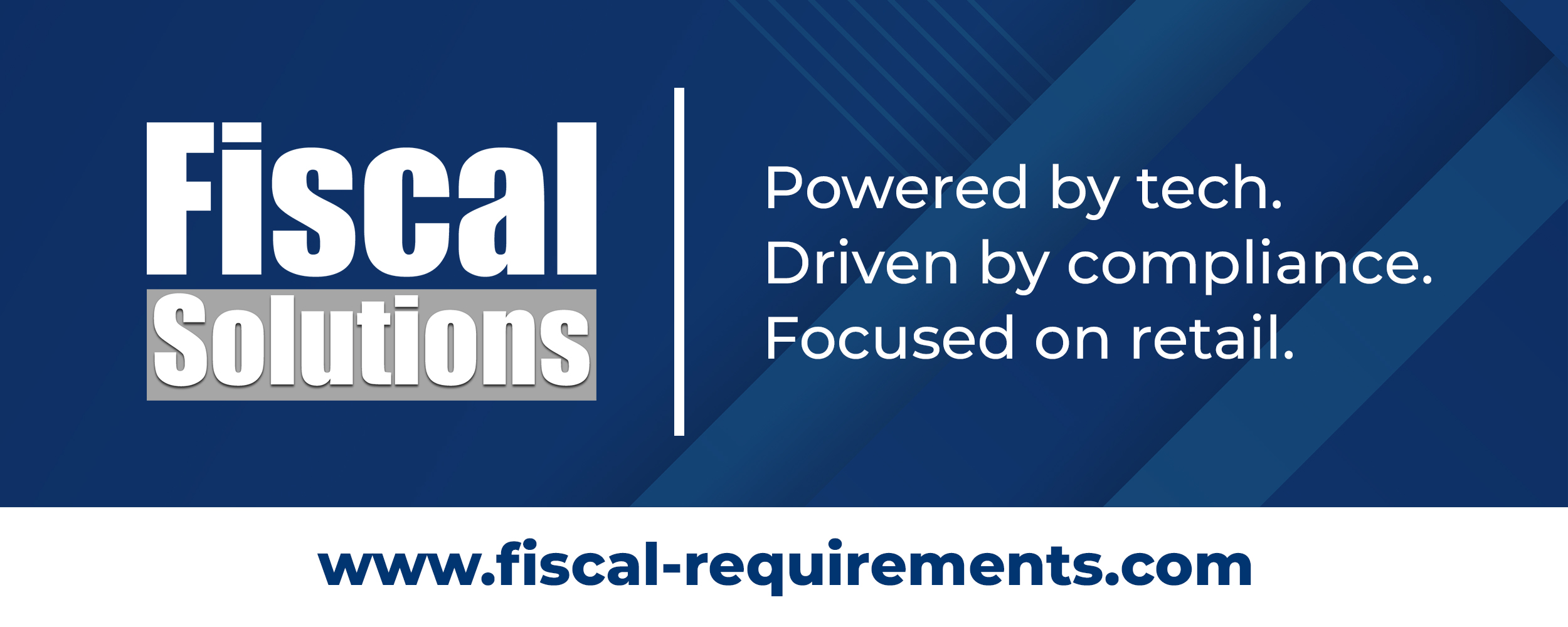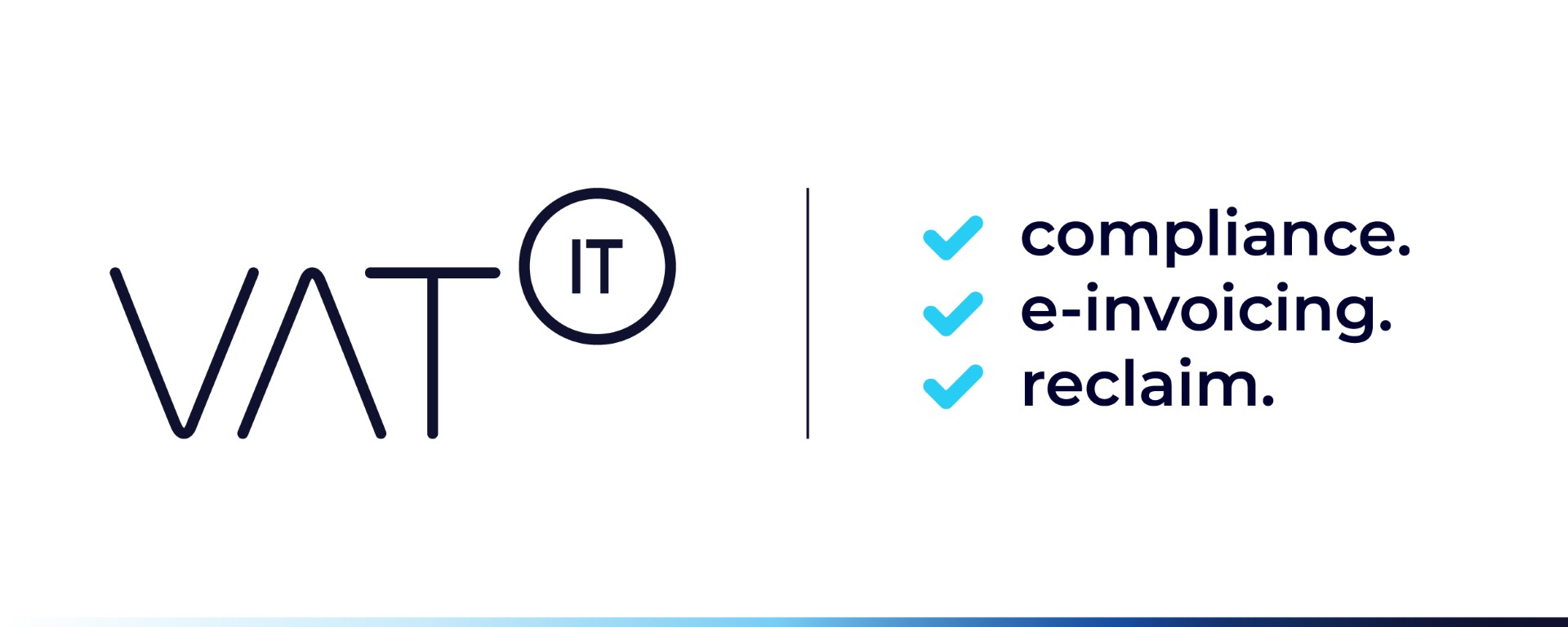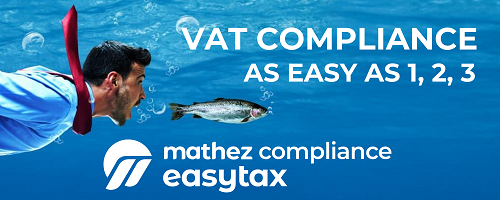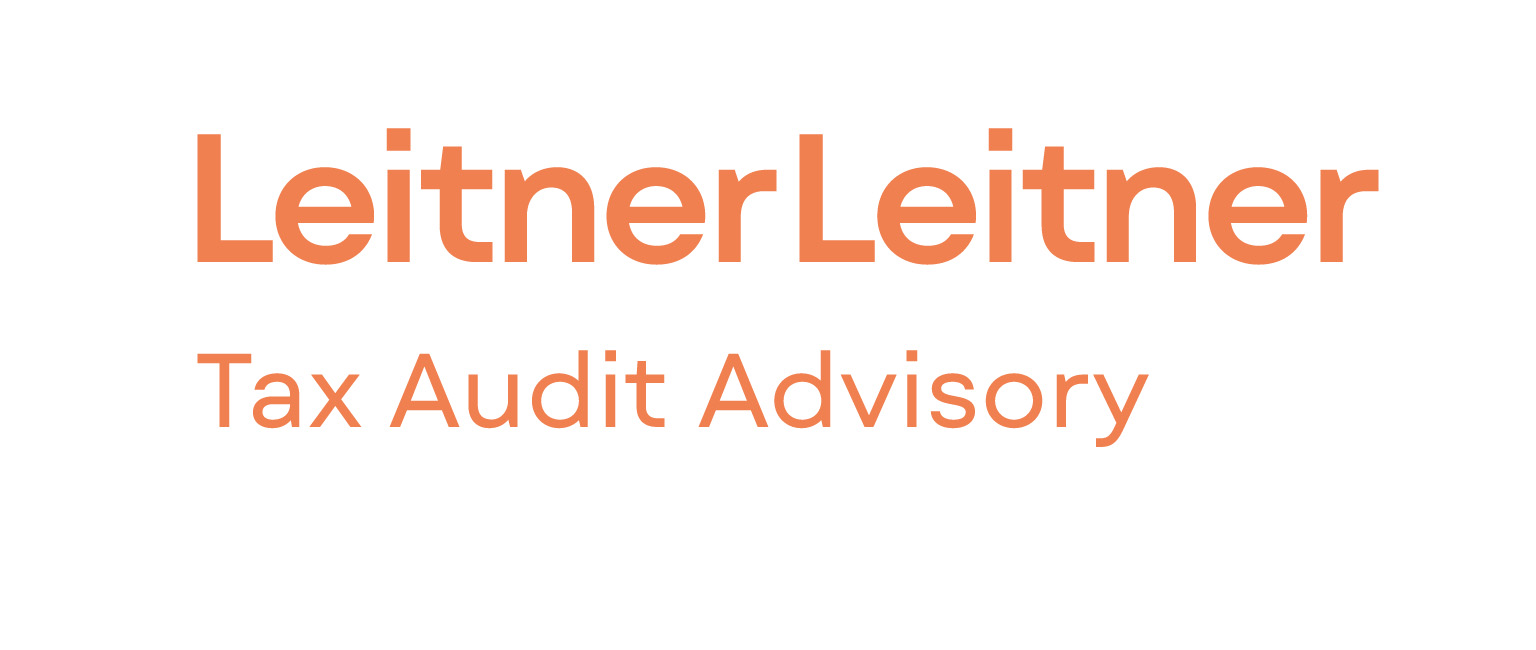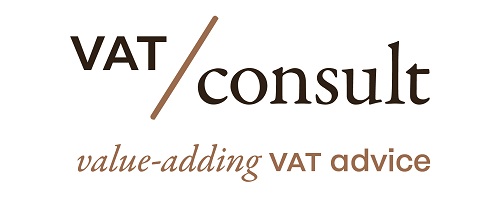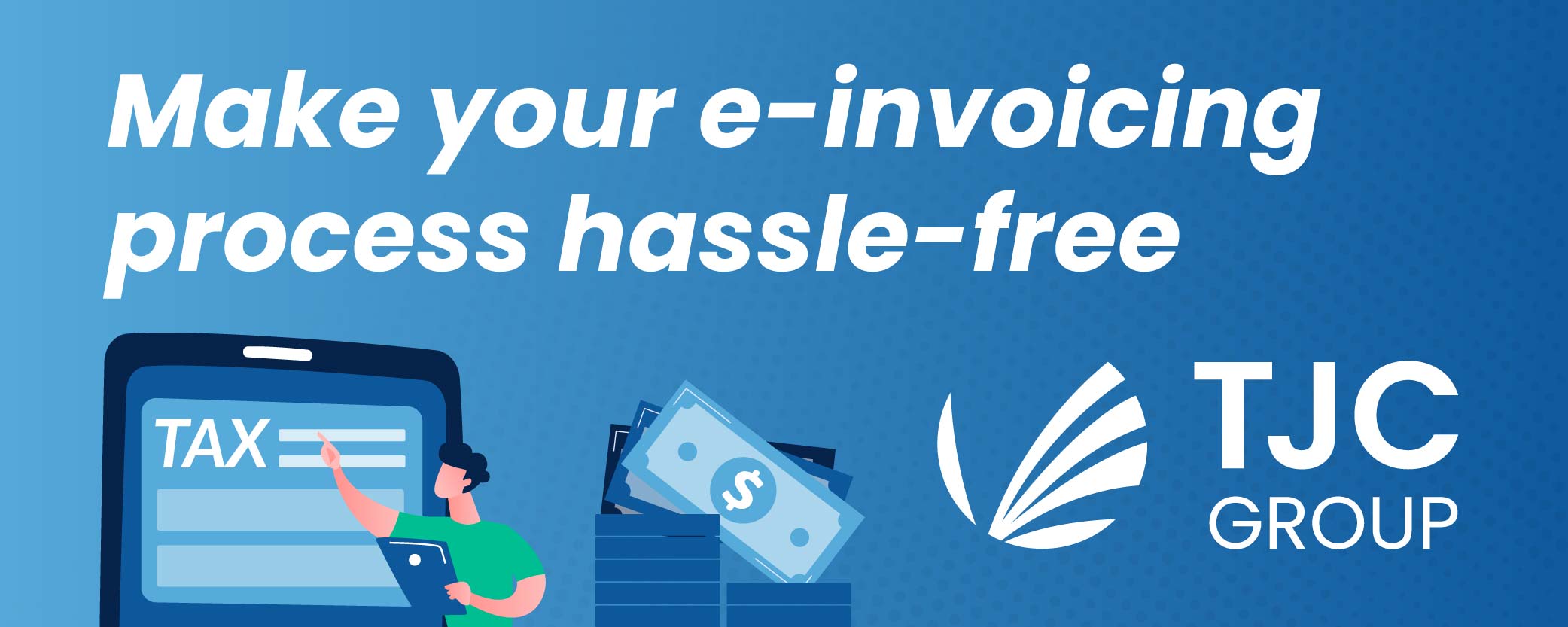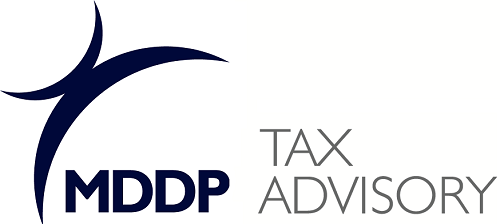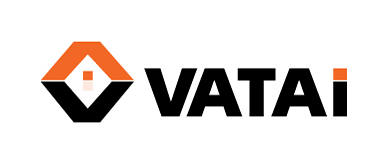Current article 223 (to be abolished from 1/1/2028) says: Member States shall allow taxable persons to issue summary invoices which detail several separate supplies of goods or services provided that VAT on the supplies mentioned in the summary invoice becomes chargeable during the same calendar month.
Without prejudice to Article 222, Member States may allow summary invoices to include supplies for which VAT has become chargeable during a period of time longer than one calendar month.
From this it seems that the definition of a summary invoice is an invoice that details several supplies of goods or services. SWD(2020) 29 final COMMISSION STAFF WORKING DOCUMENT – EVALUATION (which appears to be based on this study) mentions: A summary invoice is a document covering separate supplies of goods or services provided by a taxable person to the same customer. This document also mentions: A summary invoice is no different from a standard one, the only difference is in the description of the goods or services provided, which makes reference to multiple supplies. Summary invoices remain mostly a sector specific tool, more commonly used for the provision of goods rather than services, and in specific sectors (e.g. petrol stations, utilities, large wholesalers). Summary invoices can reduce, sometimes significantly, the number of invoices issued and received by economic operators having long-term business relationships with a stable supply chain.
The document continues: However, the relevance of summary invoices to business’ needs is hardly supported by evidence about their current uptake and the recent trends. Indeed, over 50% of the stakeholders considered summary invoices seem not very commonly used. In terms of evolution, the vast majority of stakeholders saw no change in their usage, confirming that the modifications introduced by the Directive did not have a significant effect on this regime. I find this a bit surprising, as I can think of a lot of situations where businesses issue invoices covering multiple supplies.
However.. back on topic.. A summary invoice covers several/multiple separate supplies of goods or services. When do we speak of a separate supply of goods and/or services for VAT? Although there is a lot of case law about that topic, an interest read/summary is the conclusion of AG Kokott in case C‑581/19, which contains a lot of examples. I copied some paragraphs from this:
In principle, every supply of goods or services must be regarded as independent..
a) First exception: single complex supply
22. Where there is a single complex supply, multiple elements of the supply form one sui generis supply. That is the situation, according to the Court’s case-law, where the supply by the taxable person consists of two or more elements or acts which are so closely linked that they form, objectively, a single, indivisible economic supply, which it would be artificial to consider separately. (13) The Court determines whether this is the case by ascertaining the essential features (14) or characteristic elements of the transaction (15) from the perspective of the ‘typical consumer’. (16)
23. It is therefore crucial whether the typical consumer (the typical recipient of the supply) regards the supply received as multiple distinct supplies or as a single supply. The decisive criterion is the generally accepted view, that is to say, the understanding of the general public. By having regard to the ‘typical consumer’, the Court applies a generalisation which it also uses in other fields of law. (17)
(b) Second exception: dependent ancillary supply
34. A further derogation to the principle that every supply is independent is required if a supply constitutes a merely dependent ancillary supply to a principal supply. (34) A supply must be regarded as ancillary to a principal supply if it does not constitute for customers an end in itself but a means of better enjoying the principal service supplied. (35) The ancillary supply has only secondary importance compared with the principal supply, which is why it ‘shares the tax treatment of the principal supply’. (36) This means that the ancillary supply is to be treated for VAT purposes in exactly the same way as the principal supply.
35. Unlike in the case of a single complex supply, dividing a bundle of supplies into a principal and an ancillary supply does not give rise to any artificial splitting. The principal supply and the ancillary supply are clearly divisible from one another. Dependent ancillary supplies, however, are merely accessory in relation to the principal supplies related to them. (37) The ancillary supply does not have a distinct function, but only an ‘auxiliary’ function.
(c) Third exception: closely related activities
44. The final exception to the principle that every individual supply is independent follows from the VAT Directive itself. ‘Closely related activities’ share the exemption of an exempt supply in order to make the exemptions fully effective.
45. An example is the exemption of hospital and medical care under Article 132(1)(b) of the VAT Directive. In order to achieve the therapeutic aim, further supplies which are distinct from pure medical and hospital care may be necessary in an individual case, such as the services provided by an external laboratory. (51) Making such supplies subject to VAT would run counter to the aim of reducing costs for the health system. (52) The legislature therefore declares in Article 132(1)(b) of the VAT Directive that ‘closely related activities’ are also exempt alongside the care itself.
Based on this, my impression is that if a business that sells 20 bicycles to the same customer, on the same day, it performs 20 separate supplies for VAT (in my view: even if they are shipped together). The same would apply for a business that provides 20 transport services to the same customer, even if this happens on the same day (unless this would for example be part of a subscription-type arrangement).
Does this really mean that it will no longer be possible to cover such supplies on one invoice? The ViDA explanatory notes explain: The aim of the new reporting system is to provide information on transactions in almost real-time to the tax administrations and foster the use of electronic invoices. The possibility to issue summary invoices for a calendar month goes against those goals. For that reason, Article 223 is deleted, so there will be no possibility to continue issuing summary invoices. I wonder why a summary invoice would go against the goal of collecting information on transactions in almost real-time. If the summary invoice is an e-invoice, and this would contain the relevant data about each supply and would be submitted within the 2-day deadline, wouldn’t the tax administrations have the same information at the same moment? However, I notice that the ViDA documents refer to “transaction-by-transaction” on multiple occasions, so the message appears to be that for each transaction (I feel this means a supply of goods and/or a supply of services) a separate invoice is indeed required. Even for transactions that are not even subject to DRR.
If summary invoices are not allowed, potentially article 236 may bring some relief, as this (already existing) article provides that Where batches containing several electronic invoices are sent or made available to the same recipient, the details common to the individual invoices may be mentioned only once where, for each invoice, all the information is accessible. However, although this makes e-invoicing for multiple transactions a bit easier, it would still require separate invoices, and also note that this article focuses only on electronic invoices, and does not cover paper invoices nor un-structured digital invoices.
On the other hand, one could wonder if you really need article 223 to issue summary invoices. Do the VAT rules mention anywhere that it is prohibited to send summary invoices? I believe not. In fact, and although based on the ViDA proposal this does not seem intentionally – there are various articles that refer to invoices covering multiple supplies.
For example, article 220 mentions 1. Every taxable person shall ensure that, in respect of the following, an invoice is issued, either by himself or by his customer or, in his name and on his behalf, by a third party: .. (1) supplies of goods or services which he has made to another taxable person or to a non-taxable legal person; (2) supplies of goods as referred to in point (a) of Article 33 except where a taxable person is making use of the special scheme in Section 3 of Chapter 6 of Title XII;
Another example is article 226, which mentions Without prejudice to the particular provisions laid down in this Directive, only the following details are required for VAT purposes on invoices issued pursuant to Articles 220 and 221: .. (6) the quantity and nature of the goods supplied or the extent and nature of the services rendered;
In my view, it would be useful to reconsider.
- Are transaction-by-transaction invoices really required to achieve the goals for DRR?
- If yes, does it make sense to stop summary invoices for non-DRR transactions as well?
- If transaction-by-transaction invoices are mandatory, would it make sense to remove references to multiple supplies so that it is clear that invoices can only cover one supply of goods or one supply of services?
I am interest to hear your view on this. Please drop me a message. Thanks. Kelvin Hulsebos
Latest Posts in "European Union"
- CJEU Clarifies VAT Rules for App Stores: Platforms Deemed Suppliers in Digital Sales
- Reforming VAT Rules to Ensure Fair Competition for UK Small Businesses and Tackle Online Fraud
- Comments on ECJ C-232/24 (Kosmiro): Where does credit end and debt collection begin?
- ViDA Public Debate: Summary of Implementation Dialogue with Commissioner Hoekstra (European Commission Website)
- CEN Approves Revised EN 16931: A Milestone for ViDA Implementation






